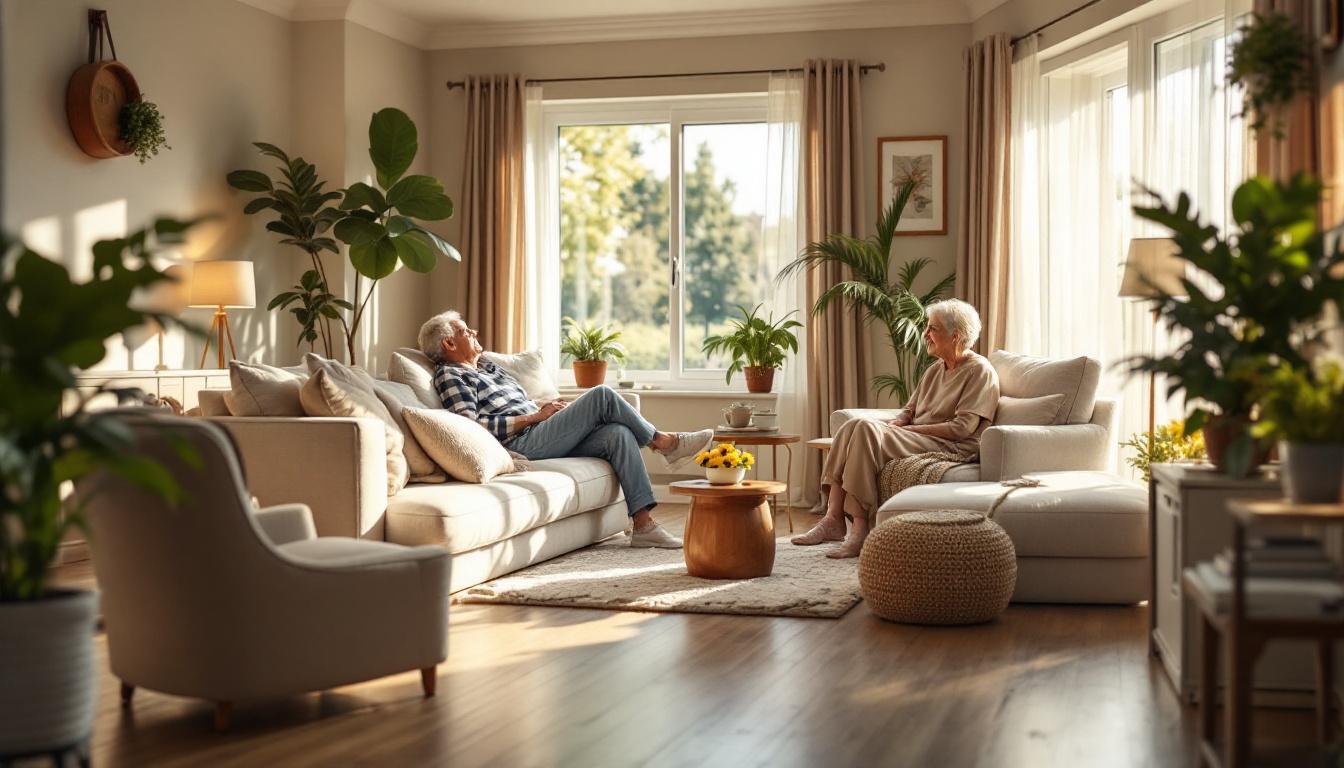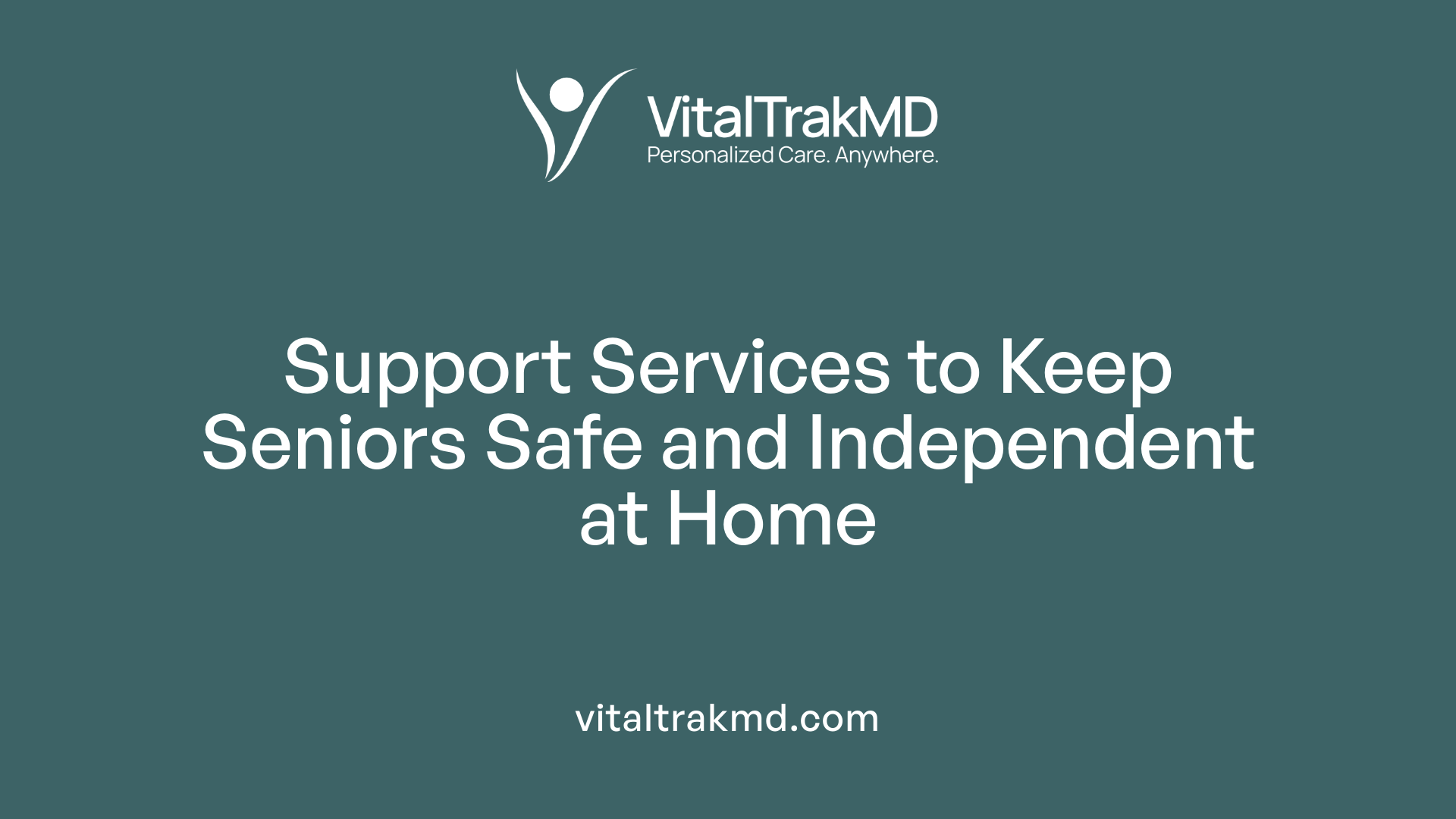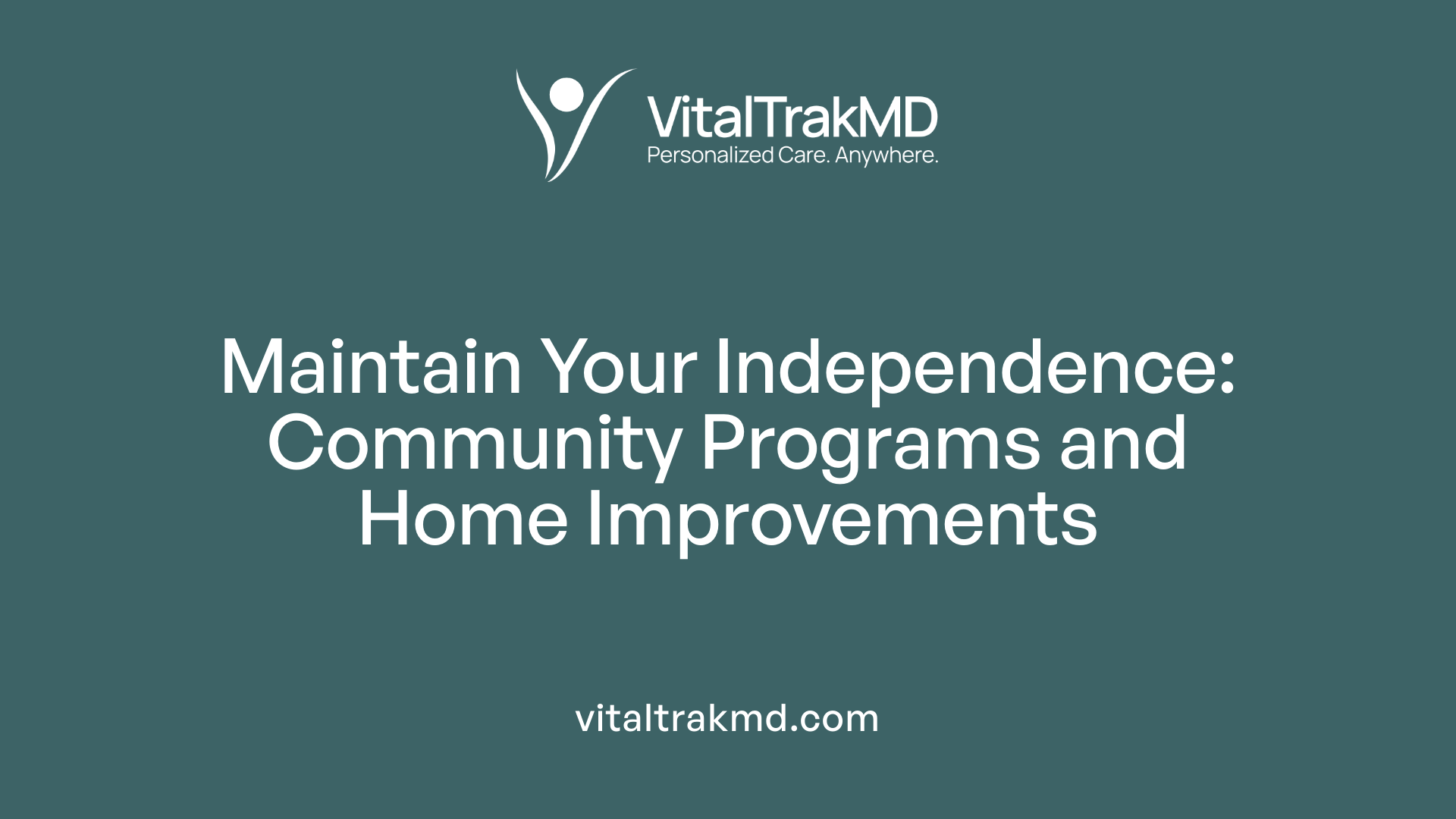Home-Based Senior Wellness Services

Empowering Independence Through Home-Based Care
As the aging population grows, more seniors are choosing to remain in their homes, embracing aging in place with the support of a diverse range of wellness and care services. This article explores the comprehensive options available to promote health, safety, independence, and quality of life for older adults, along with resources and community programs designed to assist families in navigating this vital journey.
Types of In-Home Care and Support Programs for Seniors

What type of in-home care and support programs are available for seniors?
Older adults who wish to remain in their homes can access a variety of supportive services tailored to meet their health, safety, and social needs. Medical services are a significant component, including skilled nursing, wound care, medication management, and therapies such as physical, occupational, and speech therapy. These are typically provided by licensed home health agencies and may be covered by Medicare for eligible seniors.
Beyond medical assistance, non-medical support plays a crucial role in helping seniors maintain independence. This includes help with Activities of Daily Living (ADLs), such as bathing, dressing, grooming, mobility, and toileting. Instrumental Activities of Daily Living (IADLs) like shopping, meal preparation, house cleaning, laundry, and managing medications are also supported by professional caregivers, family members, or volunteers.
Supportive services further enhance quality of life, offering social companionship through volunteer programs, transportation for medical appointments or social outings, and meal delivery programs like Meals on Wheels. Emergency alert systems, including fall monitors and GPS trackers, provide safety by enabling prompt responses during emergencies. For family caregivers, respite care options allow temporary relief.
Additionally, many programs include home modifications and assistive technologies—such as grab bars, ramps, and medical equipment—that improve safety and accessibility. Mental health support and counseling are also available to address emotional well-being. Altogether, these services form a comprehensive network designed to help seniors live safely, comfortably, and independently at home.
For more detailed information, searching for 'In-home senior care programs and support services in the community' can connect you to local resources and programs tailored to your area.
Supporting Independence with Community Resources and Home Adaptations

What resources are available to help seniors maintain independence at home?
Older adults can access a variety of community and government programs designed to support living at home safely and comfortably. Local organizations often provide adult day care services, which offer supervised activities and health monitoring during the day, helping seniors stay engaged and connected.
Meal delivery programs like Meals on Wheels deliver nutritious meals directly to the home, ensuring proper nutrition. Transportation services, including volunteer rides, public transit discounts, or specialized medical transport covered by Medicaid and Medicare, enable seniors to attend appointments and run errands.
Home safety modifications are crucial in preventing falls and enhancing mobility. These include installing grab bars, improving lighting, and removing tripping hazards. Assistive technologies such as medical alert systems, GPS trackers, and mobility aids support independence, allowing older adults to respond promptly to emergencies.
Funding for these adaptations often comes from Medicaid waivers, which cover specific home modifications and in-home care supports. Private insurance may also contribute, while some programs provide financial assistance for home repairs and technological aids.
Organizations like the Eldercare Locator, Area Agencies on Aging, and local senior centers serve as key points of contact. They help families navigate available services, find appropriate programs, and coordinate resources tailored to individual needs.
Legal and financial planning resources, including powers of attorney and Medicare counseling, assist families in preparing for future health and financial decisions. This comprehensive support network empowers seniors to sustain independence, maintain dignity, and enjoy quality of life within their own homes.
The Benefits and Importance of Aging in Place
What are the benefits of aging in place with home-based services?
Aging in place with supportive home services provides many advantages for older adults. Staying in familiar surroundings can significantly boost emotional and psychological well-being by fostering a sense of independence, control, and safety. This environment helps seniors maintain their routines and personal identity, which is vital for mental health.
Home-based services, such as assistance with personal care, household chores, meal delivery, and medical support, make daily living easier and safer. These services help prevent accidents and manage chronic conditions, allowing seniors to stay active and engaged in their communities.
Cost is another major consideration. Staying at home can be more economical than transitioning to assisted living or nursing homes. It reduces living expenses and often involves fewer medical interventions, which can lower overall healthcare costs.
Social connections are crucial for mental health and are preserved through community activities and visits by caregivers or companions. These interactions help combat loneliness and promote emotional resilience.
Physical safety is enhanced by home modifications like grab bars, ramps, and better lighting, alongside supportive services that monitor health and respond to emergencies. This comprehensive approach ensures that seniors live comfortably and with dignity.
In essence, aging in place supported by home-based services not only aligns with many seniors' preferences but also champions their independence, safety, and happiness, making it a preferred choice for many.
Accessing and Utilizing Wellness and Care Services Effectively
How can seniors access and utilize wellness and care services at home?
Seniors seeking to make use of wellness and support services at home can start by connecting with local agencies such as the Area Agency on Aging in their community, which often provides information on available programs. Healthcare providers and physicians also play a crucial role in guiding seniors toward appropriate services like home health care, medical equipment, and caregiver supports.
Government programs like Medicare, Medicaid, and the Department of Aging offer various assistance options. For instance, Medicare covers short-term skilled nursing, therapy services, and some home health visits, while Medicaid's offerings vary by state and may include long-term home-based services. Eligibility often involves specific criteria, such as medical necessity or income thresholds, and typically requires completing an assessment or providing documentation.
Community organizations, volunteer groups, and private providers also contribute vital services, including meal delivery, transportation, companionship, and emergency monitoring devices. Many of these resources are accessible at low or no cost, fostering independence for seniors living at home.
To effectively utilize these services, seniors and their families should consult with local agencies or health professionals to determine the best options tailored to individual needs, completing the necessary applications and assessments to ensure timely access to appropriate care.
Supporting a Like in Their Own Homes
Empowering seniors to age comfortably and independently in their own homes is achievable through a combination of medical, personal, social, and technological support. Community organizations, government programs, healthcare providers, and family caregivers all play vital roles in creating a safe, engaging, and health-promoting environment that respects the dignity and preferences of older adults. As the landscape of senior wellness services continues to evolve, staying informed and utilizing available resources ensures that aging in place remains a realistic, rewarding, and fulfilling option for many.
References
- Services for Older Adults Living at Home | National Institute on Aging
- Home Care Services | Elderly In-Home Care
- Aging in Place: Growing Older at Home
- Home-Based Senior Care Program | Stanford Health Care
- Home & Community-Based Services - Illinois Department on Aging
- Home & Community Services - California Department of Aging
- In-Home Services | Area Agencies on Aging & Services
- CICOA Aging & In-Home Solutions | Indianapolis, IN
Recent articles
Want to Feel Better and Live Healthier?
Join hundreds of patients taking control of their health with personalized care that fits their life – not the other way around.
Rated 4.8/5 by 32+ customers







